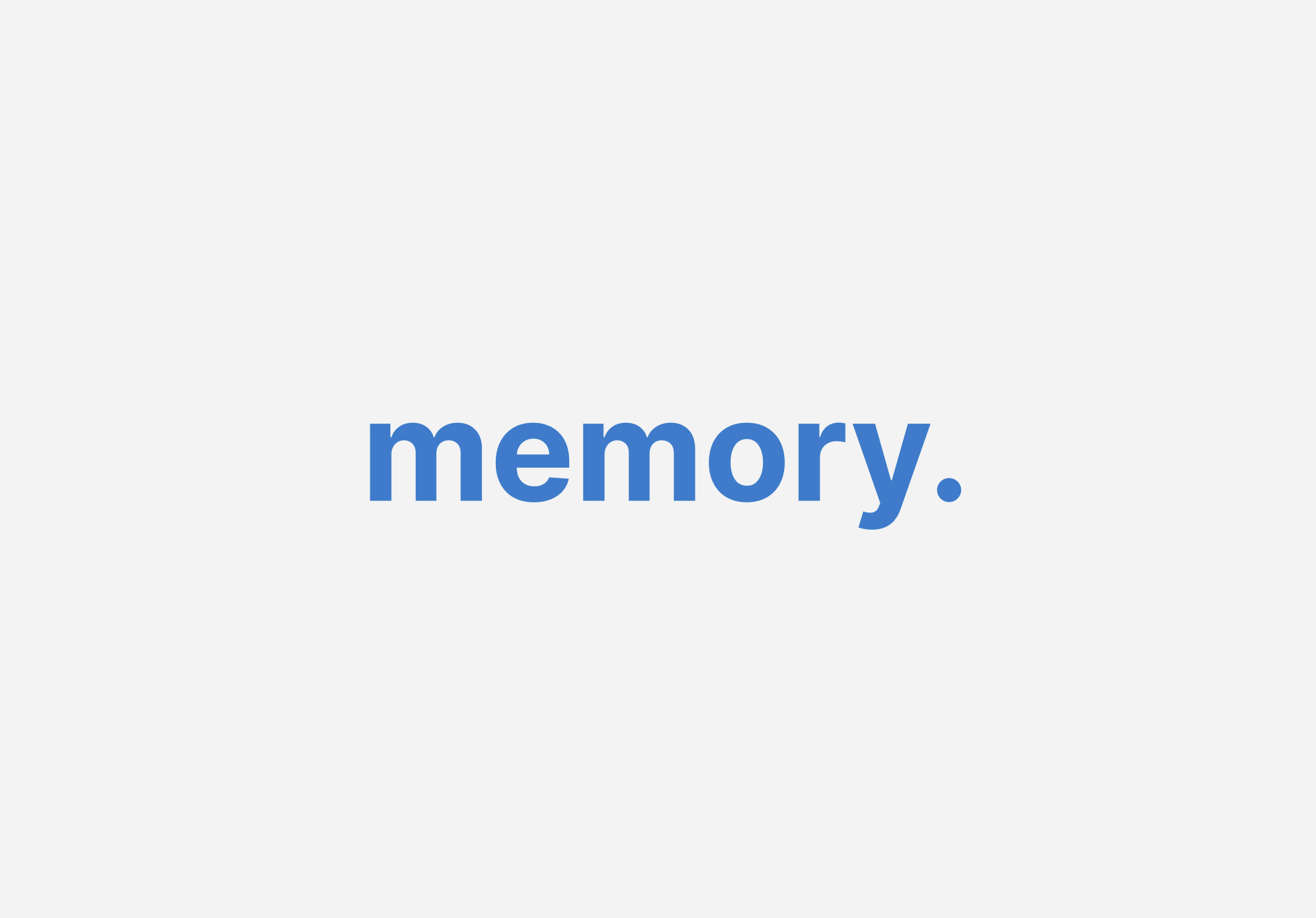- cross-posted to:
- technology
- selfhosted
- memory
- cross-posted to:
- technology
- selfhosted
- memory
Q&A on Understanding Solid
Q1: What Exactly is Solid? A1: Solid (Social Linked Data) is a web decentralization project initiated by Sir Tim Berners-Lee. It’s designed to give users full control over their personal data. Solid allows you to store your data in personal online spaces called “Pods” (Personal Online Datastores), which you can control access to.
Q2: How Does Solid Change My Experience on the Web? A2: Solid shifts the control of data from corporations to the individual user. Instead of your data being stored on servers owned by social media companies or service providers, it’s stored in your Pod. You decide who gets to access and use your data, enhancing privacy and personal data sovereignty.
Q3: What are Solid Pods? A3: Pods are personal data storage spaces provided by Solid. You can think of a Pod as a secure personal database for all your data, including photos, messages, and documents. You can host your Pod on a Solid server of your choice, giving you the freedom to choose who manages your data.
Q4: Is Solid Difficult to Use for Non-Technical People? A4: Solid is designed to be user-friendly. While the concept of data ownership and Pods might be new, using Solid-based applications should be as straightforward as using any other web service. The goal is to make privacy and data control accessible to everyone.
Q5: How Does Solid Impact Data Privacy and Security? A5: Solid greatly enhances data privacy and security. Since you own your Pod, you have complete control over who accesses your data. This decentralized approach prevents the misuse of personal data and reduces the risk of data breaches from centralized servers.
Q6: Can I Use Solid to Interact Across Different Platforms? A6: Yes, Solid’s design allows for interoperability across different platforms. By using your Pod, you can manage your identity and data across various services without the need to create separate accounts for each service.
Q7: How Can Developers Benefit from Solid? A7: Developers can use Solid to build applications that respect user privacy and data ownership. Solid’s framework encourages the creation of decentralised apps, opening up new possibilities for innovative, user-centric web services.
Q8: Will My Data Be Portable Across Different Services? A8: Absolutely. One of the key benefits of Solid is data portability. You can move your data seamlessly between different Solid-compatible services, ensuring that you’re not locked into any single platform.
Q9: How Can I Start Using Solid? A9: To start using Solid, you can sign up for a Pod from a Solid Pod provider. Once you have your Pod, you can start using it to store your data and access Solid-compatible applications and services.
Q10: What is the Future of Solid? A10: Solid represents a significant step towards a more decentralized and user-empowered web. Its adoption could lead to a shift in how personal data is managed online, with a focus on privacy, security, and user control.
Any words about how solid is going to be used within memory?
Sure, so ActivityPods combines many of the core elements of Solid with ActivityPub. Such as data ownerships, WebID, Pod storage amongst a few others. Being as Memory it upon ActivityPods framework, users will own there data in their own personal pods, they will own their identity and be able to switch pod providers if need be. Due to access controls of Solid users will also be able to control which data Memory has access to and be able to revoke that access at any time.
Oh wow. Awesome! I think I’d missed that memory will be built on ActivityPods. Looking forward to it!
Thank you. I appreciate your enthusiasm


